You Are (Not) a Machine

The Power and Peril of Metaphors
We don’t often think about the metaphors we use in daily speech.
This is one of the key themes of Joy Marie Clarkson’s new book You Are a Tree, a piquantly titled meditation on seven different metaphors. The first metaphor in the book—you are a tree—is presented in conscious opposition to another metaphor, one that surrounds us and has so integrated itself into our lives that we don’t even notice: that we are machines.
“Perhaps you are doubtful,” writes Clarkson, “You think that you have never described yourself as a machine, or thought, I am a computer.” But consider the following turns of phrase:
Think of how we describe ourselves processing something…or how we tell a friend that we need to update each other about life events, like new software. We adjust to new circumstances like a car whose tires need to be rotated; people push our buttons; we need to power down so we can recharge. When we don’t understand something, we might say it does not compute. When someone has been influenced to think or behave in a certain way, we say that they were programmed to trust authority. We might describe ourselves as a slow processor. This metaphor can even be a compliment: of someone who is particularly productive we often say they are a machine.
This language is everywhere. Self-help books, in particular, are rife with it—especially those concerned with “biohacking” and “optimizing productivity.” Techno-optimist writers like Steven Kotler ululate about ways to reach “peak performance” and the “flow state,” and fitness gurus like Andrew Huberman extol “protocols” to maximize one’s health and well-being (which, for Huberman, seems also to include juggling multiple girlfriends at once). One can fully actualize oneself as a human being as long as you finely tune your biological machine.
Beyond popular books and podcasts, the equation of humans to machines is basically an operating assumption in computer science and artificial intelligence, seemingly beyond question. How else would Ray Kurzweil live forever, if he could not transfer the contents of his brain to a digital heaven?

But as Clarkson points out, the machine metaphor can have more insidious effects than we realize.
“As a systematic metaphor for human flourishing, humans are computers is both incomplete and unforgiving,” she writes. There is a danger in that “we might subtly absorb the idea that what we are as a creature is primarily valuable for what we can produce.” The irony is this heavy burden actually makes us worse workers, but even more dangerously, it might convince us of “our (or anyone else’s) disposability.” After all, when a machine stops working it is discarded or its parts harvested and repurposed. We risk making “ourselves commodities with expiration dates; we devalue all in us that is not productive and useful.”
Why, after all, would a computer ever need to observe the Sabbath?
Lewis Mumford, my patron saint of technological thinking, made a similar argument. And he often pointed out that machine language like this was simply a decision—an assumption, not a deduction.
As such, we could decide we are something other than machines. Such as, Clarkson suggests, trees.
You Are (Not) a Tree

We are like trees in more than one way. We have long associated our family histories with them, for instance. We have “roots,” so to speak, in our ancestors and the places from which we descend (which, for me, includes places like Southern California, Michigan, Iowa, and Greece). These are our family trees.
But we also have temporal roots—memory, for example. Augustine’s meditations on memory, Clarkson points out, have a sort of tree-like connotation:
Histories, memories, desires, and connections run through the veins of each individual, shaping how they act and move in the world. Like a tree whose strong trunk emerges from the earth, erect and symmetrical, beneath the surface of who they are is a much more complicated system of tangled roots that made them grow the way they have, obstacles they’ve had to grow around, insufficient soil that has given some of their leaves an anemic look, depths of love that make them study in the strongest gale though they may look delicate.
Some of these roots, as Augustine reminds, might even be good to forget (something that computers notoriously have a hard time with—unless, of course, their memories are deleted).
Drawing on Psalm 1, Clarkson highlights the difference in produce from trees and production from machines, words rooted in the same concept but with drastically different definitions in the modern world. Produce, as a noun, is something organic, fruit in the grocery store aisle. Whereas production is a Fordist assemblage of moving parts that come together to repeat the construction of a product.
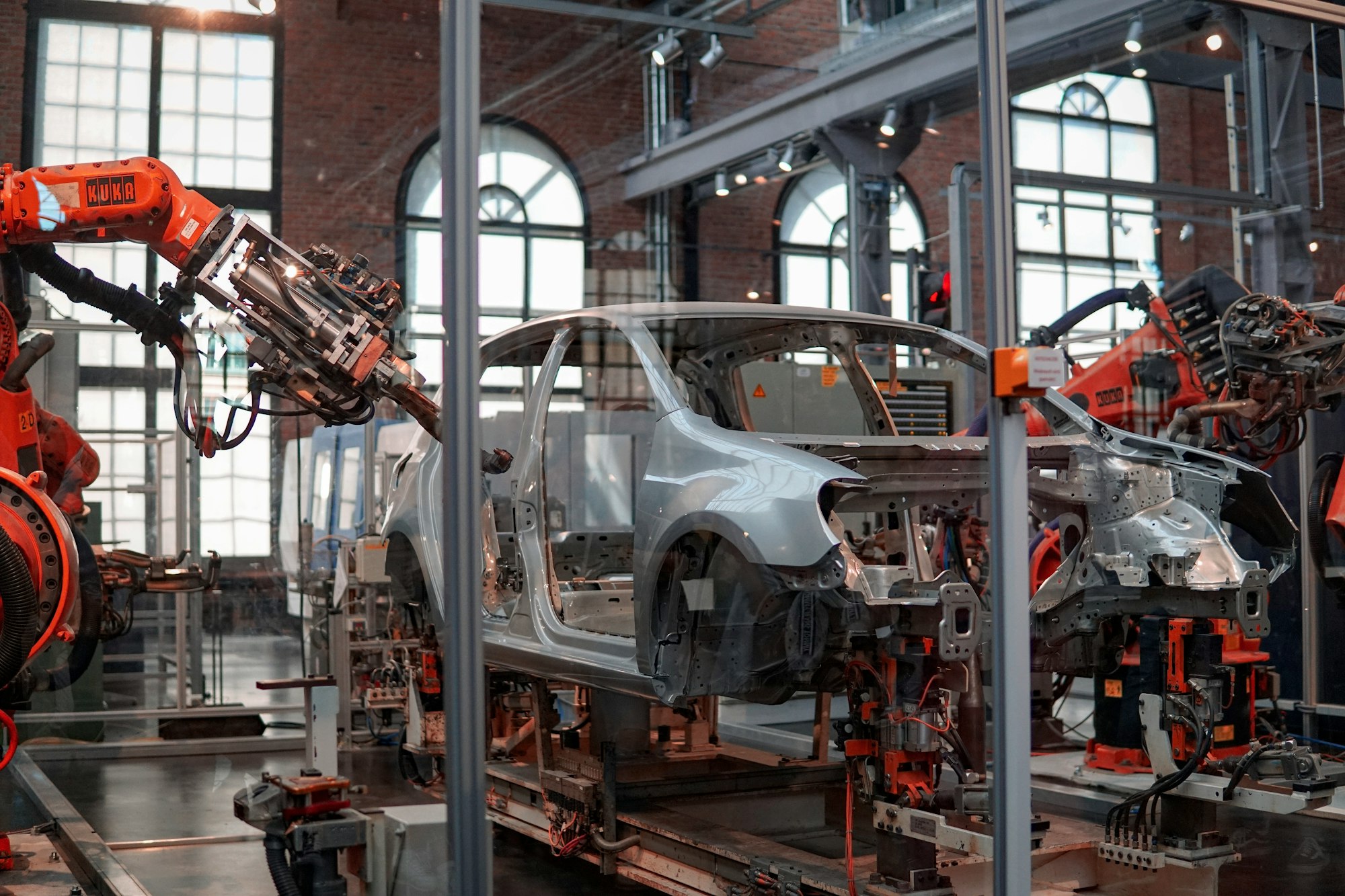
It isn’t all bad that we have effective and efficient production, of course. We all depend on it. But, at the same time, it’s worth thinking about what we might lose when we start to think of our own output as production instead of produce.
“He shall be like a tree planted by the rivers of water, that brings forth its fruit in its season,” reads Psalm 1:3 (NKJV), the verse that triggers Clarkson’s reflections—season being the operative word here. A tree produces fruit only some of the time. This can be inconvenient for us.
But there might be a benefit for us, as people, to think ourselves as more seasonal like this. As Clarkson writes, “When we see ourselves as trees we can accept the varying seasons of life, and even trust in their beneficial work. The psalmist does not say that the righteous man bears fruit all of the time.” Rest, after all, is something integral to our well-being (a fact we forget when we think of ourselves as machines).
Our hyper-productive approach to nature, however, does not always see trees this way. And, in fact, seasonal fruit-bearing is often an obstacle to overcome when it comes to industry. Trees might be, by nature, seasonal, but we might not always see them that way (I think of how my undergrad institution, UC Riverside, pioneered citrus research to make oranges grow-able in Southern California for most of the year—an incredible achievement).
Unlike humans, we are (right now at least) comfortable with genetically modifying trees to be more productive. But is there a future where we might see humans more in that light? After all, don’t we already see nature as somewhat machine-like already?

Clarkson points out that in each metaphor there is also a denial. “You are a tree” is also a way of saying “you are not a tree.” That’s part of the fun of metaphors. And there are ways in which we might not want to see ourselves as trees—perhaps because of the way we tend to see them not so much as organic entities but as raw material to be harvested.
At one point, Clarkson draws off of Martin Heidegger (whom she describes as a “towering and problematic philosopher”). His writing on being reflects a preoccupation with restlessness and authenticity, as well as a sense in which our modern condition is to feel rootless and disconnected.
In his writing on technology, however, Heidegger looked to trees, too. But he did not see in them something analogous or metaphorical to human nature. Rather, he wondered about what our conception of technology meant for our conception of nature.
The Standing-Reserve
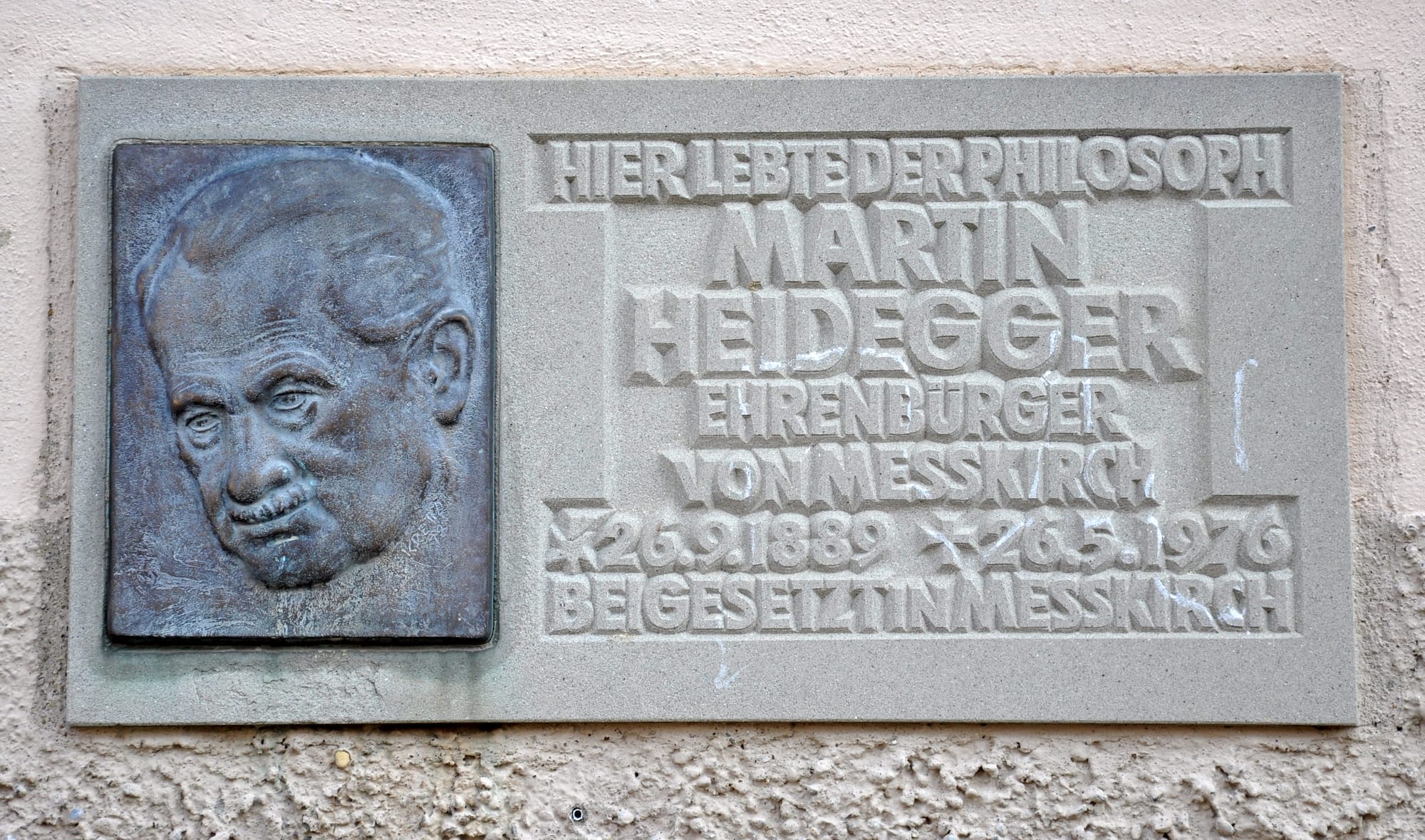
Reading Heidegger is a frustrating experience. His writing is characterized by, in David Bentley Hart’s words, “sonorously oracular impenetrability (by turns so mesmerizing and so infuriating).”
His defenders will say he wrote in the incomprehensible way he did because language simply does not exist to convey the concepts he wished to understand, and so he had to break words down into their etymological roots in order to rebuild them into something new. There is something to do this, but I tend to think that if other scholars can translate Heidegger’s obscurantisms into legible thought, then he could’ve written that way too.
Where he is applicable here, though, is in his “The Question Concerning Technology,” an essay wherein he attempted to understand and interrogate technology and its effects on humanity and the earth.
It’s far too dense and difficult to wade into at length, but the key point I’d like to hone in on is his contention that modern technology (which is, he argues, different from technology in previous eras) is characterized as a “challenging revealing.”
“Challenging” in that it challenges, attacks, interrogates, and compels nature. “Revealing” in that it sees nature as fundamentally veiled, as hiding something—it needs to be challenged, then, in order to show its true essence. And this, for us moderns, is resources.
“A tract of land,” for instance, “is challenged into the putting out of coal and ore.” This is different than the sowing of grain a peasant might have engaged in during the days of yore. It is a mechanized way to “challenge forth the energies of nature.”
This challenging effects everything. Trees, too. “The forester who, in the wood, measures the felled timber and to all appearances walks the same forest path in the same way as did his grandfather,” writes Heidegger, “is today commanded by profit-making in the lumber industry, whether he knows it or not.”

The upshot is that nature is transformed from a given to a veiled thing, and that veiled thing is resources, and those resources are everything and always at hand. “Everywhere everything is ordered to stand by, to be immediately at hand.” This is the “standing-reserve,” the perpetual stand-by of all nature as a resource to be deployed whenever necessary—at minimum cost and maximum profit.
Trees, those organic and slow-growing entities that we have been discussing as a perhaps better metaphor for human life than machines, are challenged and revealed to actually be timber and tinder, ready and waiting for harvest.
So there is a way in which, when we think of ourselves as trees, we might still be roped into the same destructive cycle that the machine metaphor connotes.
We can see this happening now with Big Data.
It is, too, a challenging revealing. Big tech corporations look at humanity not as a given, not as organic entity, and not as a tree (surely), but rather as a cornucopia of information to be harvested and repurposed for advertising. You are not a tree, you are bits. You are a digital standing-reserve, endlessly ready for more mining.
Unpredictable Machines
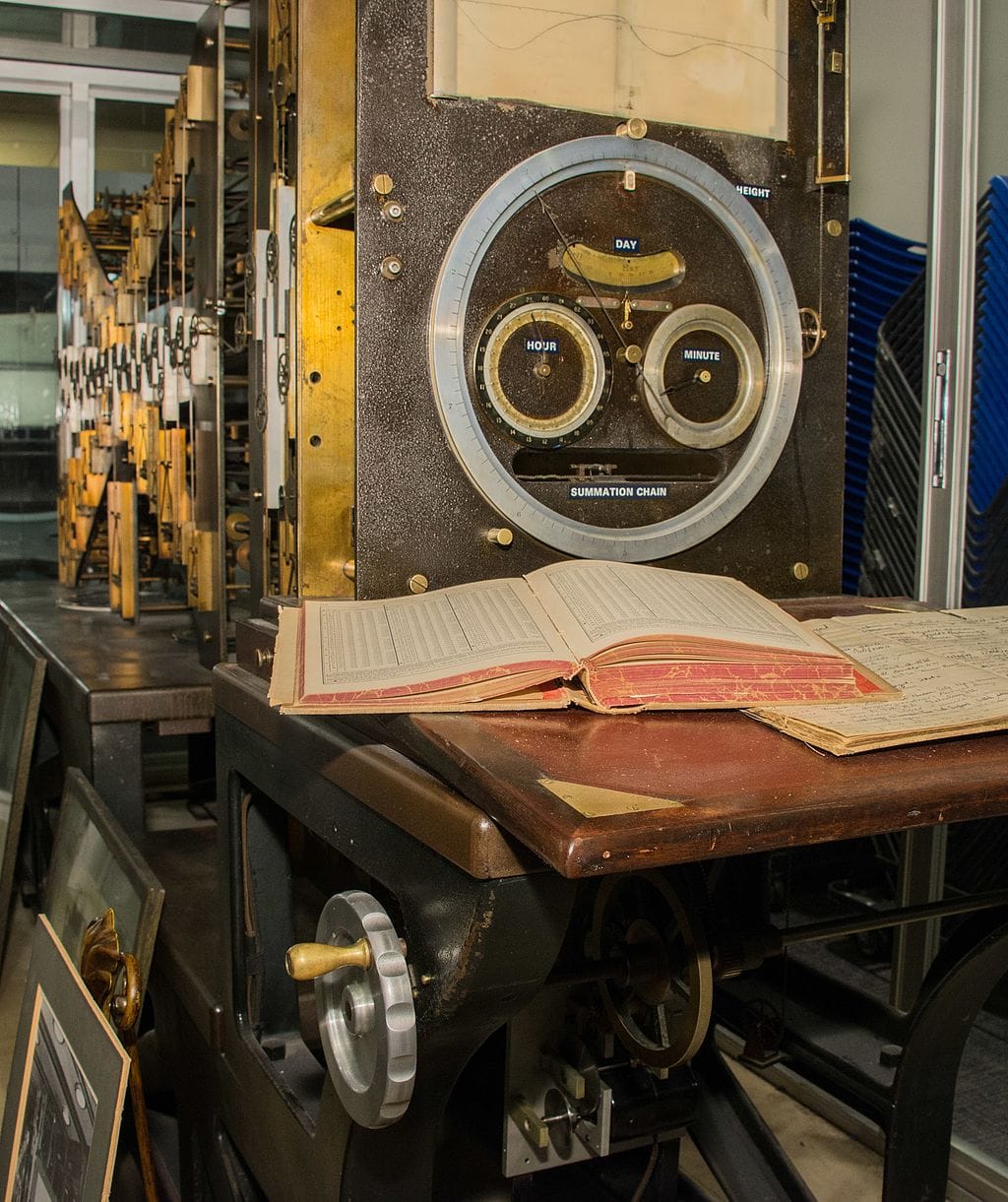
One of the things that Clarkson highlights as a critical facet of a computer is its predictability and repeatability.
“One can expect a computer to behave in the same way every day (I certainly do),” she writes. And if we think of ourselves as computers, “then we should be able to expect the same thing of ourselves every day.”
But humans are not like this. “We are not self-contained,” as machines are, “our environments affect us—the season, the quality of our relationships, how well we’ve slept, what we had for breakfast. Because of this, we do not produce the same thing every day.”
We’re all going to have to think about this a lot more going forward. Because, while it is true that digital computers are reliable because of their predictable outputs, that isn’t the case with all machines, and not even with all computers. Analog computers, for instance (like Lord Kevlin’s tide-predicting machine), do not operate using digital circuits and binary signals, and so can have variable outputs. But even digital computers now can do something like this, which we’re seeing with artificial intelligence.
That AI does not always give you the same thing when you prompt it is probably one of its most human-seeming features. It is, in most ways, a simulacrum of human thinking (neural networks are modeled on the human brain but they don’t learn or think like we do), but it’s a convincing simulacrum.
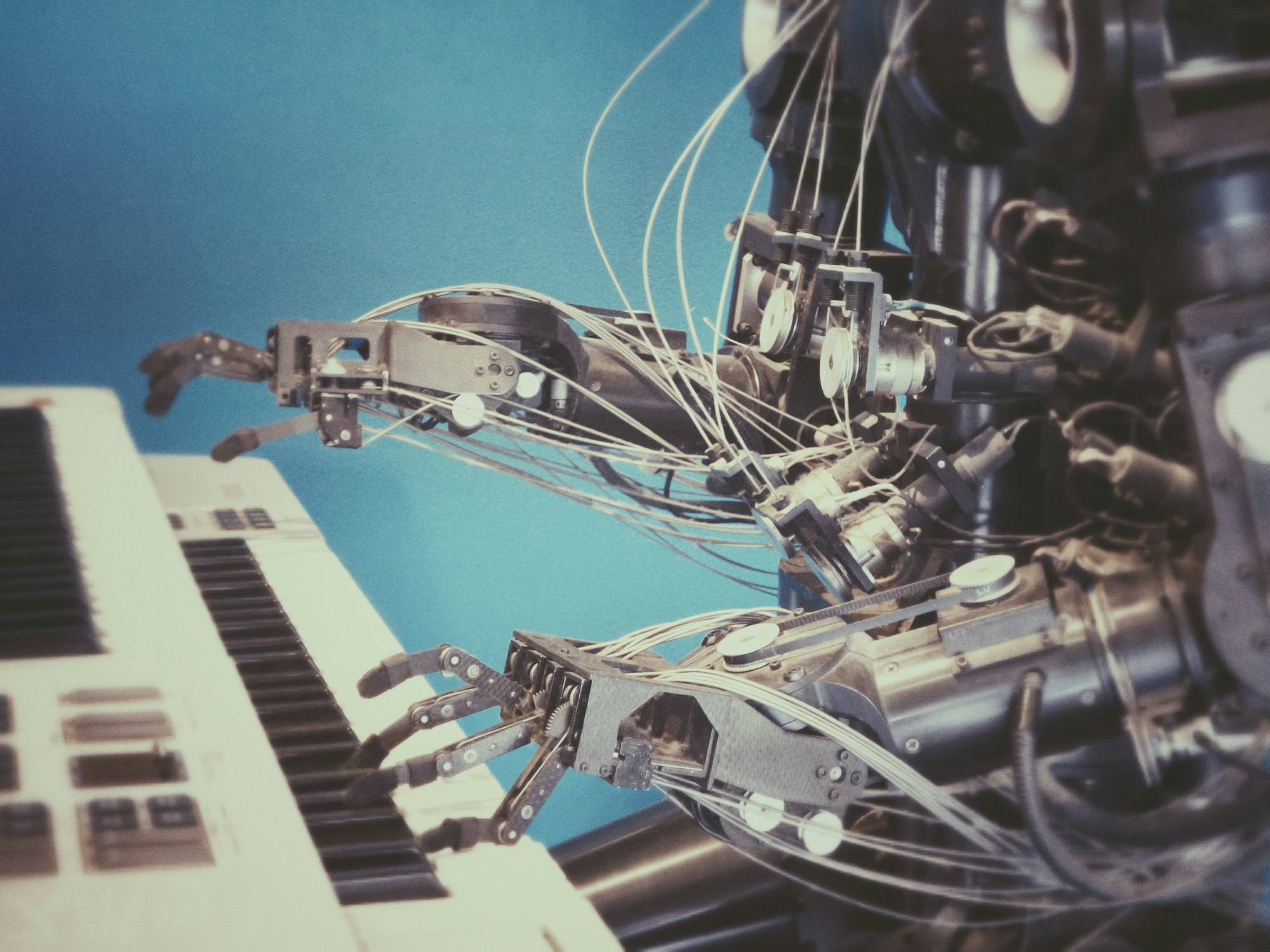
More and more, moving forward, we’re going to see machines that behave and operate in ways that seem to imitate human thinking. And, in such a world, the machine metaphor may take on even more power—and possibly more insidiousness. It might even induce a further reduction of humanity into more digital standing-reserve.
The key takeaway from You Are a Tree, then, is to be more intentional and clear in our use of metaphors. We have to remember the limits of such language—it can be helpful and poetic to describes things (and ourselves) as other things (and other beings), but it can be misleading and even corrosive, too.
There are six other metaphors in the book on which I haven’t focused, since the machine analogy is the one that occupies most of my thinking on a day-to-day basis. But now, every time I come across another guru or self-help author blithely asserting that we are machines that need to be optimized for greater productivity, I’m going to automatically think of the reverse analogy—you are a tree.
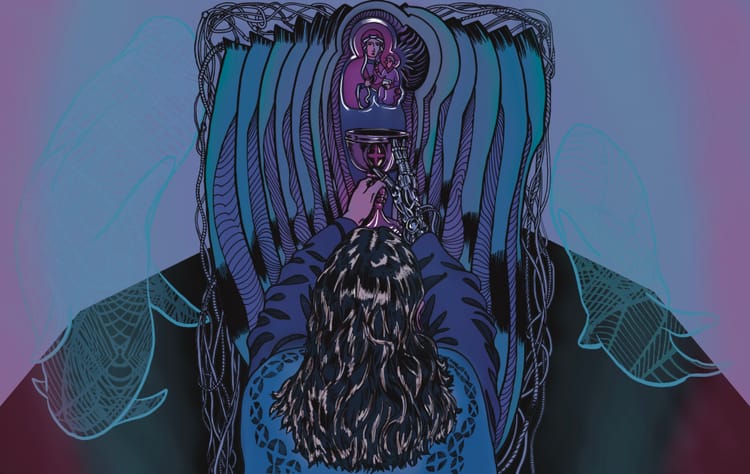




Member discussion